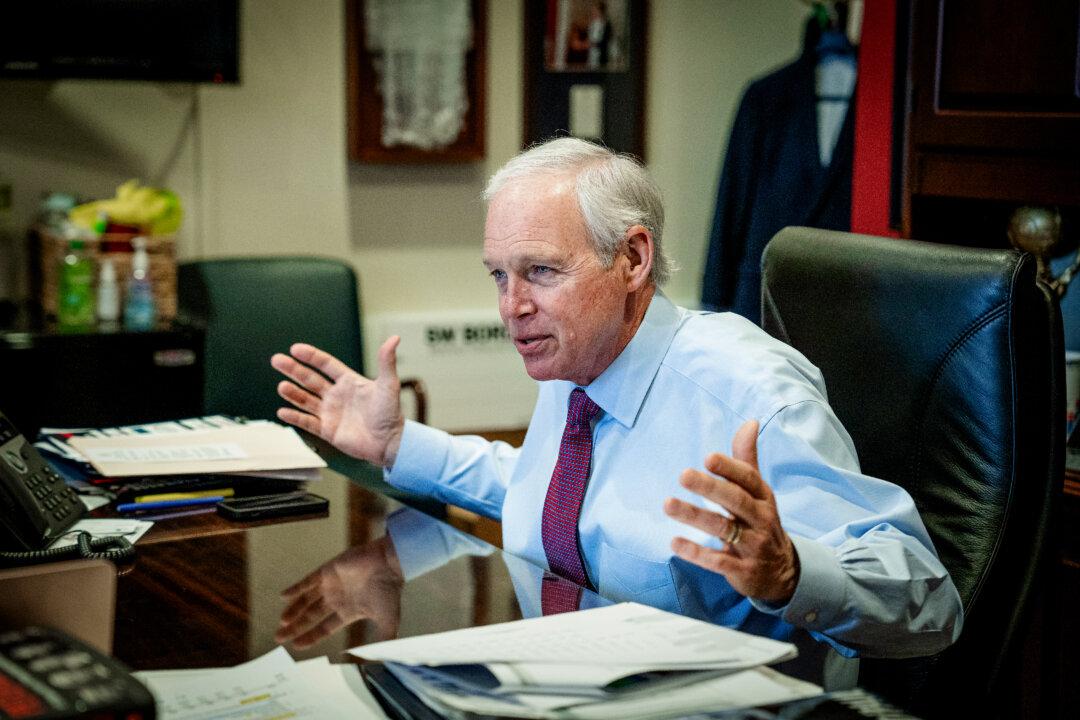SpaceX’s latest Starship rocket launched successfully from Boca Chica, Texas, on Nov. 19, but the aerospace company was unable to return the craft’s booster to the launchpad after doing so for the first time in October.
The company hoped to restart the rocket’s Raptor engines in a vacuum, land the ship during daylight hours, conduct higher peak heating and steeper reentry of the rocket, and undertake a faster and harder booster catch by the launchpad’s mechanical arms, according to the post.
Minutes after Starship’s Super Heavy booster detached from the rocket at an altitude of roughly 67 kilometers, or nearly 220,000 feet, a SpaceX representative said the conditions were not ideal for a launchpad return, or tower catch.
“As we said before, both the tower and the vehicle, as well as the operators on console have been actively evaluating the commit criteria for that return to the launch tower. And unfortunately, we did not have a pass on those commit criteria, so we are no go for tower catch,” the representative said.
“Development testing, by definition, is unpredictable, which we saw with Super Heavy splashing down in the Gulf of Mexico today, but that is exactly why we test.”
President-elect Donald Trump, who recently appointed Musk to co-lead the new Department of Government Efficiency, flew to Texas on Nov. 19 to watch the launch in person.


Starship is another development in SpaceX’s efforts to expand commercial space flight for the United States and NASA after the latter retired its Space Shuttle program more than a decade ago.
Both SpaceX and competitor Blue Origin, which was founded by Amazon Executive Chairman Jeff Bezos, are planning to send humans to the moon once again through NASA’s Artemis program before setting their sights on Mars.
“Through Artemis, NASA will send astronauts—including the first woman and first person of color—to explore the Moon for scientific discovery, economic benefits, and to build the foundation for crewed missions to Mars. Together, the SLS rocket, Orion, Gateway, advanced spacesuits, and human landing systems are NASA’s foundation for deep space exploration,” the agency said in a statement.







